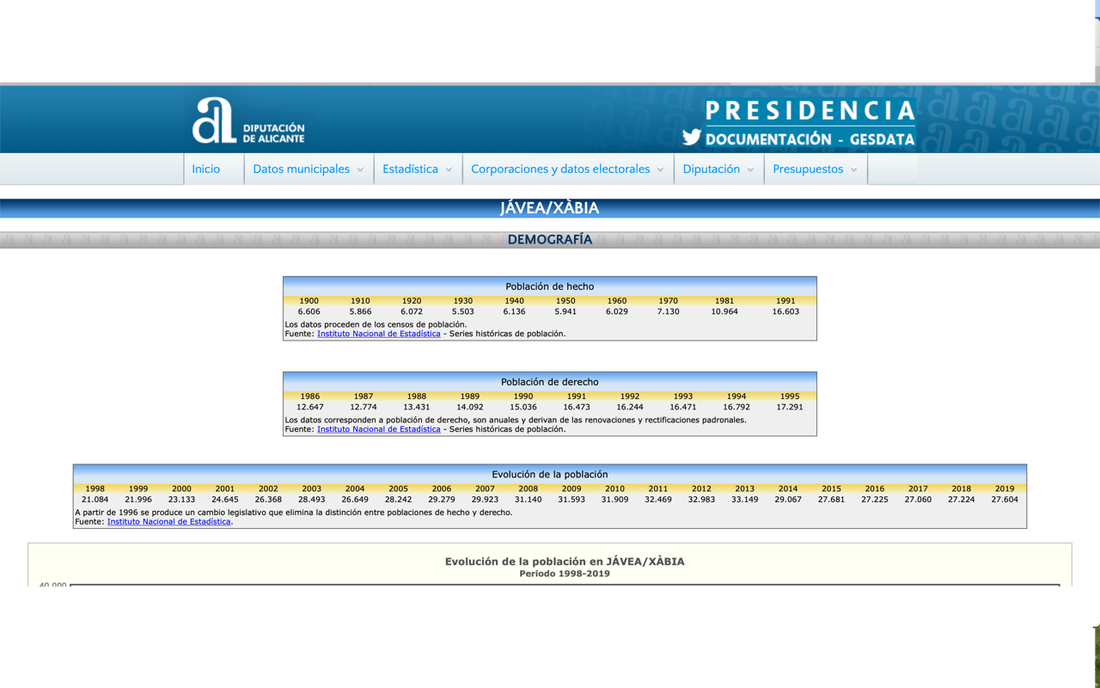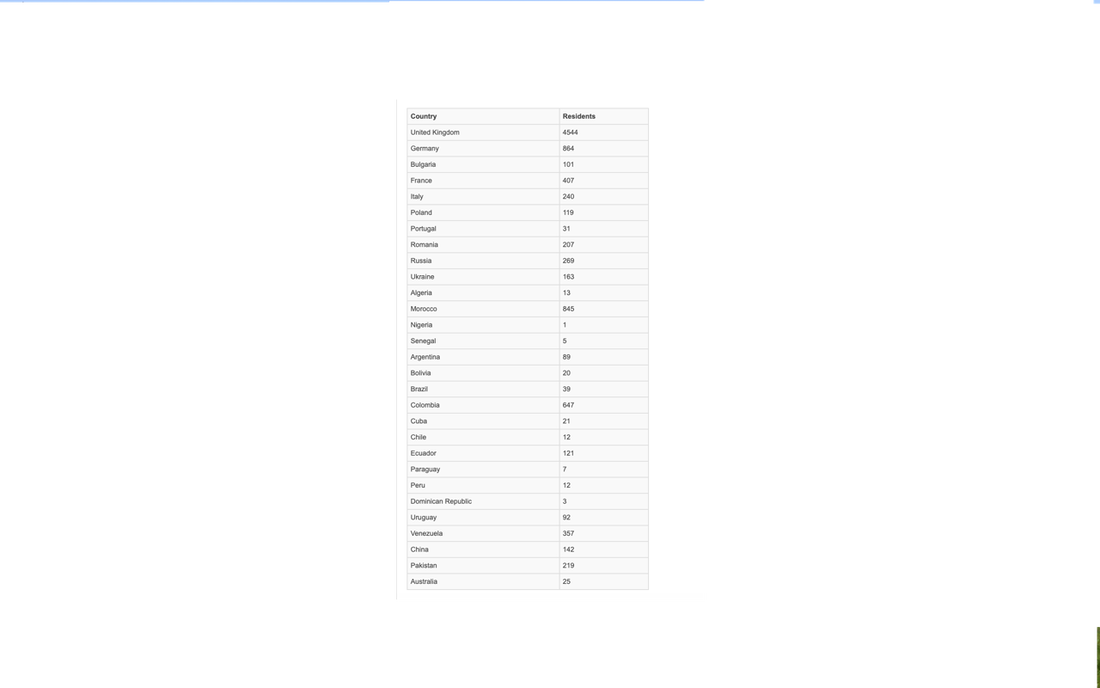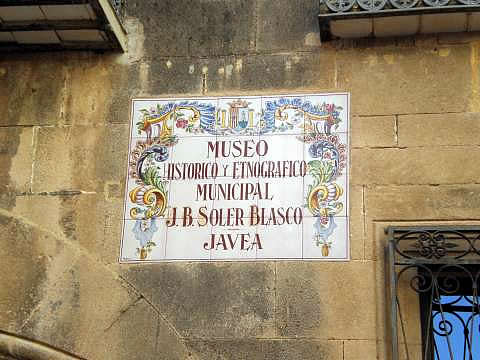|
Precise statistics on demography are only available since 1857, so the earlier centuries´ population count is only approximate. In Moorish times there was no urban nucleus and Xàbia consisted of little „alquerias“ (clusters of houses) „in valle yxabee“ (in the valley of Xàbia - quotation from a document written in 1258 ). After the moors were subjugated in 1244 the Valencian coast was exposed for centuries to attacks by pirates and Berber corsairs coming from the Kingdom of Granada and the Maghreb. There was a great need for protection. So in the 14th century a tower with fortifications was built. This was extended over time to become the fortress-church of San Bartolomeu .These 14th C. fortifications were the beginning of a nucleus which grew over the centuries to become the town we know today. In the 16th and 17th centuries the population seems to have grown from approximately 1000 to 2000 inhabitants. The population continued growing so that by the end of the 18th century it was over 3000. By the 1860s, there were already around 6000 inhabitants and it remained in that range for a hundred years.
The population count started to rise more rapidly when tourism discovered Xàbia in the 1980s. From about 10.000 then, it rose every year until 2013 when the maximum count was 33.000. Since then it has gradually reduced. Today we are almost 28.000. What is interesting is that the population is almost equal in both sexes : there are only nine more women than men !! And by the way, we have six people a hundred years old and older, four women and two men ! The proportion of foreign residents living in Xàbia is an incredible 43% i.e. 12.000 inhabitants. The British make up the greatest group of 4.500 ( despite BREXIT !), followed by the Germans and the Moroccans. Today, cosmopolitan Xàbia shows how open-minded and welcoming it can be, and is an example of how harmoniously the peoples of the world can live together.
0 Comments
|
ACTIVITIES
Categories |
- Home
- Blogs
-
Projectes
- Premio de Investigación - Formularios de Inscripción
-
Traducciones Translations
>
-
DISPLAY PANELS - GROUND FLOOR
>
- THE STONE AGES - PALAEOLITHIC, EPIPALAEOLITHIC AND NEOLITHIC
- CAVE PAINTINGS (ARTE RUPESTRE)
- CHALCOLITHIC (Copper) & BRONZE AGES
- THE IBERIAN CULTURE (THE IRON AGE)
- THE IBERIAN TREASURE OF XÀBIA
- THE ROMAN SETTLEMENTS OF XÀBIA
- THE ROMAN SITE AT PUNTA DE L'ARENAL
- THE MUNTANYAR NECROPOLIS
- ARCHITECTURAL DECORATIONS OF THE PUNTA DE L'ARENAL
- THE ATZÚBIA SITE
- THE MINYANA SMITHY
- Translations archive
- Quaderns: Versión castellana >
- Quaderns: English versions >
-
DISPLAY PANELS - GROUND FLOOR
>
- Catálogo de castillos regionales >
- Exposició - Castells Andalusins >
- Exposición - Castillos Andalusíes >
- Exhibition - Islamic castles >
- Sylvia A. Schofield - Libros donados
- Mejorar la entrada/improve the entrance >
-
Historia y enlaces
-
Historía de Xàbia
>
- Els papers de l'arxiu, Xàbia / los papeles del archivo
- La Cova del Barranc del Migdia
- El Vell Cementeri de Xàbia
- El Torpedinament del Vapor Germanine
- El Saladar i les Salines
- La Telegrafía y la Casa de Cable
- Pescadores de Xàbia
- La Caseta de Biot
- Castell de la Granadella
- La Guerra Civil / the Spanish civil war >
- History of Xàbia (English articles) >
- Charlas y excursiones / talks and excursions >
- Investigacions del museu - Museum investigations
- Enllaços
- Enlaces
- Links
-
Historía de Xàbia
>
- Social media
- Visitas virtuales
- Tenda Tienda Shop




 RSS Feed
RSS Feed
